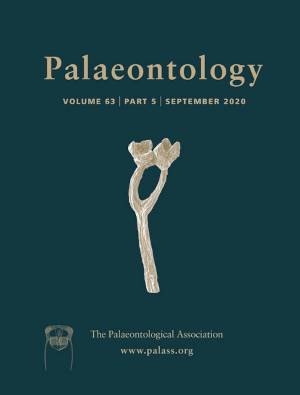Reg. Charity No. 1168330

A panel of geochemical techniques is used here to investigate the taphonomy of fossil feathers preserved in association with the skeleton of the Jurassic theropod Anchiornis huxleyi. Extant feathers were analysed in parallel to test whether the soft tissues morphologically preserved in the fossil also exhibit a high degree of chemical preservation. Scanning electron microscopy (SEM) and energy dispersive spectroscopy (EDS) indicate that clays and iron oxide pseudomorphs occur in the surrounding sediment and also reveal the preservation of melanosome‐like microbodies in the fossil. Carbon gradient along a depth profile and co‐occurrence of carbon and sulphur are shown in the fossil by elastic backscattering (EBS) and particle‐induced x‐ray emission (PIXE), which are promising techniques for the elemental analysis of fossil soft tissues. The molecular composition of modern and fossil soft tissues was assessed from micro‐attenuated total reflectance fourier transform infrared spectroscopy (micro‐ATR FTIR), solid‐state 13C nuclear magnetic resonance (CP‐MAS 13C NMR) and pyrolysis gas chromatography mass spectrometry in the presence of TMAH (TMAH‐Py‐GC‐MS). Results indicate that the proteinaceous material that comprises the modern feathers is not present in the fossil feathers. The fossil feathers and the embedding sediment exhibit a highly aliphatic character. However, substantial differences exist between these samples, revealing that the organic matter of the fossil feathers is, at least partially, derived from original constituents of the feathers. Our results suggest that, despite the morphological preservation of Anchiornis feathers, original proteins, that is keratin, were probably not preserved in the 160‐myr‐old feathers.